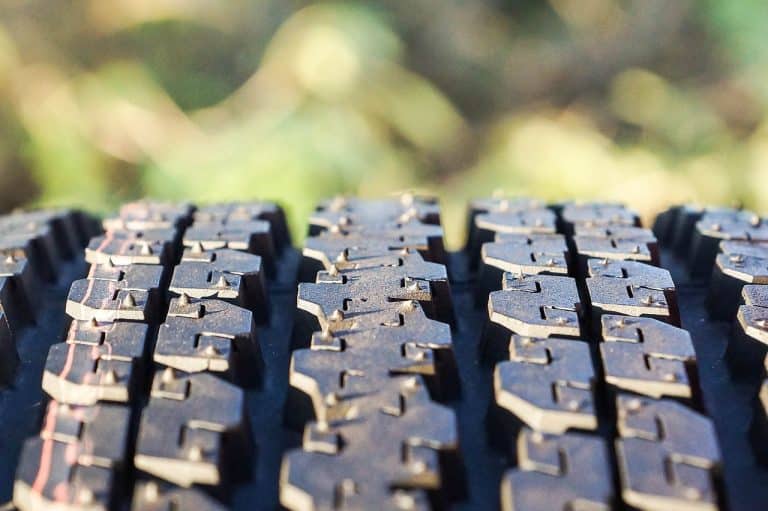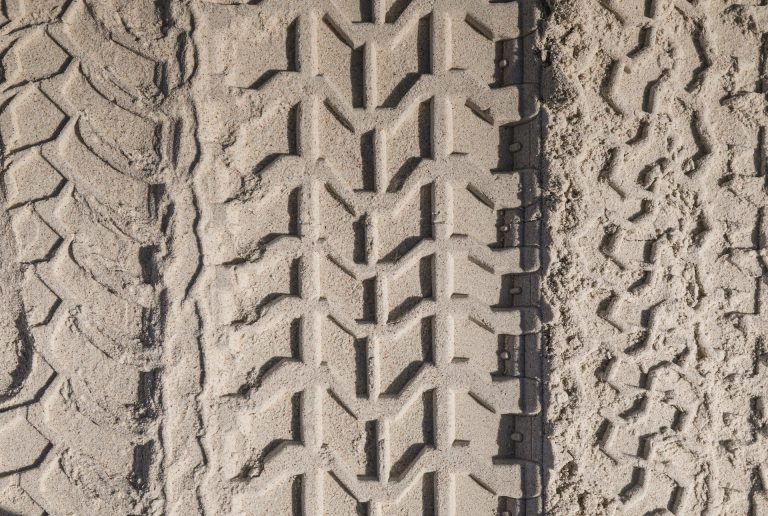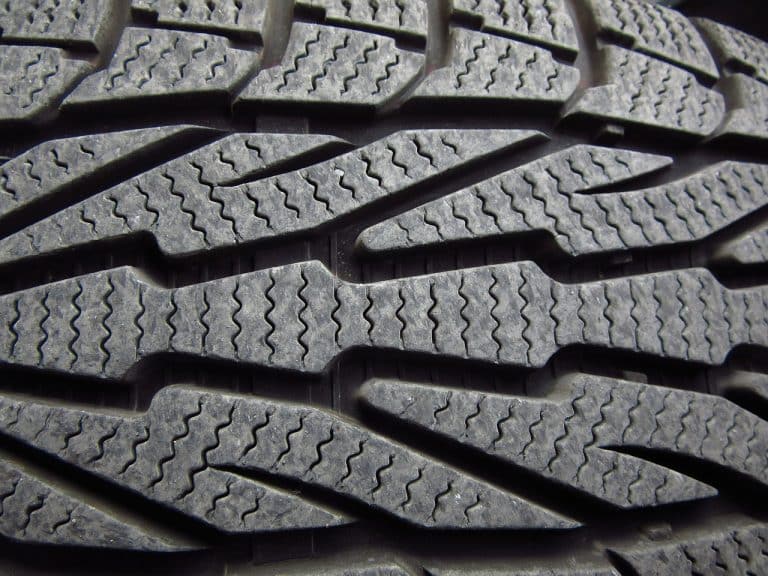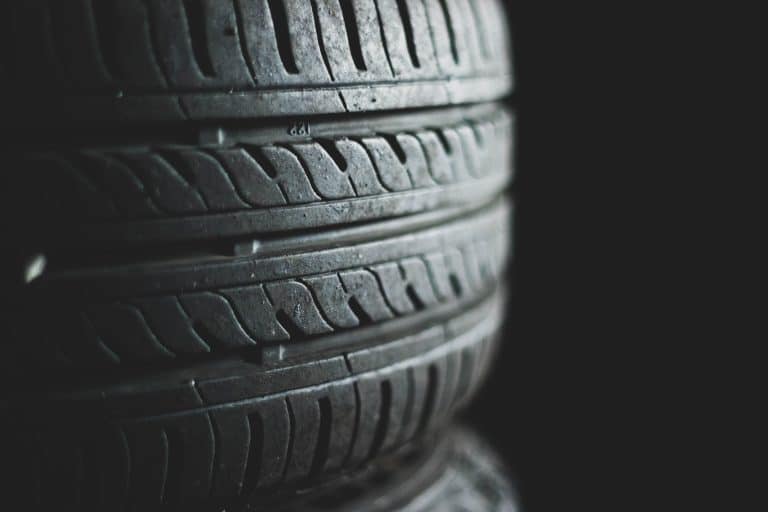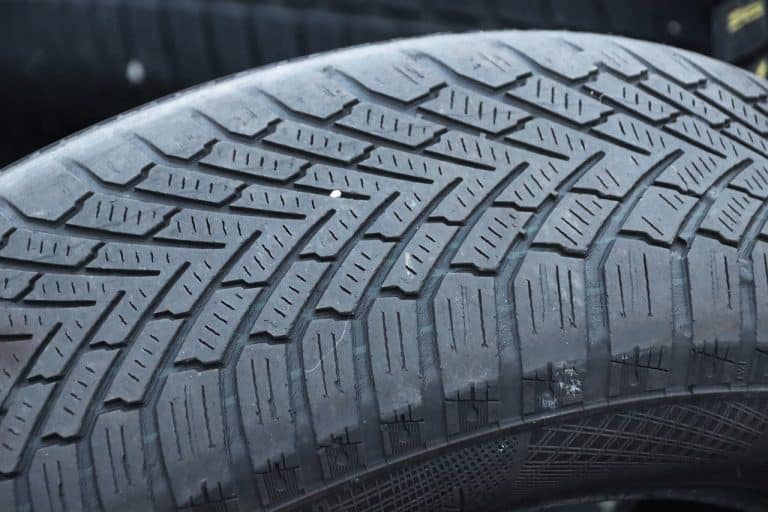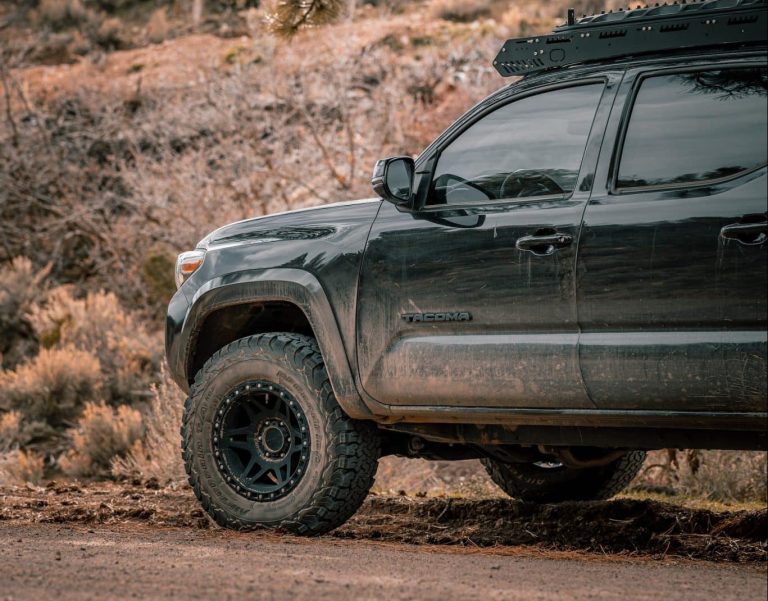Do Bigger Tires Affect Odometer?
Tires are the only contact point between the car and the ground which means that they serve a very important purpose. If you want to achieve a sportier or a more off-road-friendly driving experience, one of the easiest things you can do is to change the tire size. However, changing the tire size requires you to readjust a myriad of different systems, including the odometer, speedometer, and even the transmission.
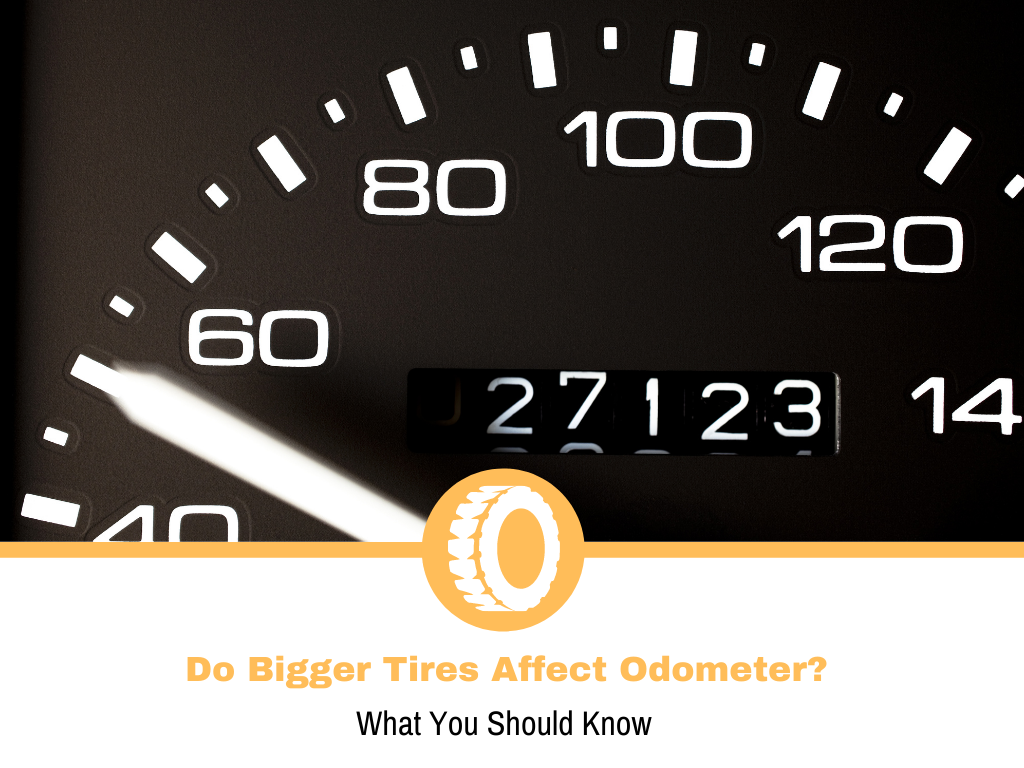
How A Change In Tire Size Affects The Odometer?
Every car out there is designed with the factory tire size in mind and all the in-car systems are calibrated to that specific tire size. Bigger tires take longer to make a complete rotation which means that a bigger tire travels farther distance before reaching the starting position. However, if you re-calibrate the odometer to counter the change in tire size, your odometer will not be affected.
Which Systems Do I Need To Adjust When I Put Bigger Tires On My Car?
- Speedometer
- Odometer
- Anti-lock brake system
- Torque
- Traction control
- Gearing settings
- Tire pressure sensors
What Are The Benefits Of Bigger Tires?
A set of bigger tires is going to increase your ground clearance because the car is going to sit higher off the ground. This is the main reason why most people who own SUVs and trucks upgrade their tires for a bigger set as it makes the car more off-road friendly. A bigger set of tires also increases your approach and departure angles as well.
A second prominent reason why people tend to invest in a bigger set of tires is that it makes the car look nicer. A very popular trend with truck drivers these days is to install a lift kit and accompany that lift kit with a significant increase in tire size. If you also pair that with a set of fresh wheels, your truck is going to both look nicer and be more capable off-road.
A larger tire will improve your car’s stability because the weight will be better distributed across all four corners of the car. This can make a performance car feel more poised and more hunkered down to the ground, especially if you increase the track-width. Finally, an increase in tire size can also give your more traction.
What Are The Drawbacks Of Bigger Tires?
Upgrading your tire size requires you to adjust your existing in-car systems in order to properly cope with the change in tire size. Sometimes you will have to install a lift kit to accommodate a bigger tire set, while other times you will have to invest in a brand-new set of wheels that are compatible with bigger tires.
All of this ultimately leads to many extra costs associated with simply changing the tire size. Installing a lift kit to accommodate larger tires is expensive, but you don’t always have to do that. Even though a set of bigger tires might make your truck both look nice and perform better on the beaten path, it is also likely to lower your fuel efficiency because bigger tires are heavier and thus require more pulling power.
A set of bigger tires is also going to make your car less comfortable and a lot noisier because bigger tires create more wind resistance and are more substantial in comparison. Most cars these days are designed with a specific tire dimension in mind which means that manufacturers have spent a long time testing the car with that very size of tire.
This will ultimately make your car handle worse, especially if you raise the center of gravity too much as the car is then more likely to experience body roll during cornering or even rub the tires against the wheel wells. Finally, the vast majority of automakers specifically state that making any modifications in regards to the tire size is going to void your warranty.
How Does A Car Odometer Work?
Most car odometers are equipped with a specific sensor that constantly keeps track of the total number of rotations made by a tire at any given moment. This data is then sent to the ECU which calculates the distance by using the number of total complete tire revolutions made.
An odometer is calibrated with a specific tire size in mind which means that an increase in outer tire diameter is going to throw off the odometer and thus the odometer will not be able to correctly count the number of tire rotations. The logic is rather simple, the bigger your footsteps, the larger the distance traveled.
Do Bigger Tires Affect Speedometer?
A set of bigger tires affects the speedometer in the very same way because the speedometer uses the same technique to calculate your speed at all times. A bigger tire will make the wheels turn a bit slower which means that the speedometer is likely going to show a slower speed.
While not having a 100% correct odometer will not get you in jail, an incorrect speedometer might. Given the fact that most drivers these days drive in accordance with the speed limit, or a bit more, a change in a few miles per hour can be the deciding factor between being and not being fined for speeding.
How Can I Calibrate My Odometer After Bigger Tires?
It depends on which type of speedometer you got. If your car comes with a mechanical speedometer, you will have to do quite a bit of work. The process is actually not all that difficult, but it’s better to have a professional do it for you.
Almost all newer cars come with an electronic odometer, and to change it, you should go ahead and find your owner’s manual. There you will be able to find all the necessary information needed to perform the odometer calibration.
When Does It Make Sense To Equip Your Car With Larger Tires?
A Chevy Bolt with off-road truck tires is not really a good idea and that’s why no one has done it yet, I hope so at least. However, there are instances when a bigger set of tires make a lot more sense, but only if you do it the right way.
Truck and SUV owners in the US are fond of the idea of bigger tires and a lift kit because it makes the truck/SUV look beefier. This does make sense if you do so correctly which means picking the right size and knowing if you also need to replace your brakes, your shocks, your driveshafts, and many other suspension components.
Mounting larger tires on a sports car also makes sense if you put a set of both larger and wider wheels. This way you will increase the car’s traction and make it more stable in the corners. A sharper turn-in is also a benefit mostly associated with a set of larger and wider tires.
How Do Big Tires Affect My Transmission?
Gear ratios are essential when it comes to transferring the torque from the engine to the road, and if you don’t adjust the gear ratios to cope with the differences in tire size, you are likely going to strain your transmission which can cause all sorts of defects down the line.
Whenever you increase the size of the tires you are basically increasing the torque requirement necessary to turn those wheels. The larger the outside tire diameter, the more force it takes to turn them. If you fail to adjust your transmission, you are likely going to experience heat problems because your clutches and bands are going to struggle.
However, if you simply re-gear your transmission correctly, your transmission is going to be able to cope with the tire size difference and your transmission will continue working perfectly. As such, be sure to visit a professional mechanic before you decide to buy larger tires.
What Are The Effects Of Larger Rims?
Increasing the tire size is not the only modification you can do in order to make your car look nicer. Some people actually prefer larger wheels, while others like to both increase the tire size and the rim size together. Benefits of larger rims include improved grip and traction, more stable cornering, better braking, and better looks.
However, larger rims are also going to increase your fuel consumption, make your steering wheel feel heavier, increase tire wear, and potentially even hamper comfort. It makes sense to increase rim size for supercars, sports cars, sedans, and hatchbacks, while increasing rim size for heavier vehicles is going to make the ride a lot stiffer.
Conclusion
A set of bigger tires does affect the odometer by making it unable to count the correct distance traveled because the odometer is not aware that you increased the size of the tires. This does not only affect your odometer, but it also affects your speedometer and a myriad of different car software and hardware components.
In order to counter-effect this, you will have to calibrate your odometer depending on the increase in outer tire diameter.
